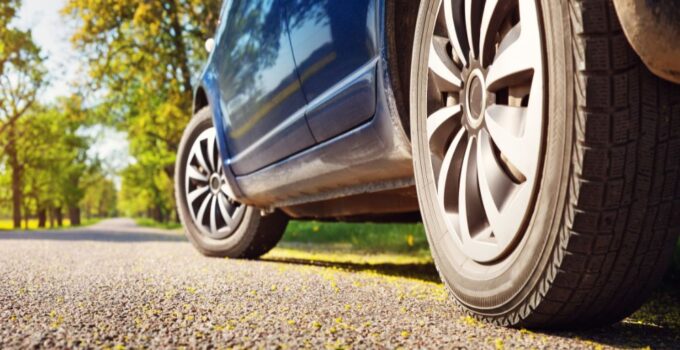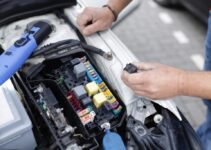Let’s chat about something that’s often overlooked but incredibly crucial for our safety on the road—tires. We usually think about our car’s engine, brakes, or even the airbags when talking about vehicle safety.
Today, I’m going to break down why our tires deserve more of our attention and care. Trust me, by the end of this, you’ll see them in a whole new light.
1. Contact with the Road

The only part of your car that actually touches the road is the tires. If you want more detailed information on maintaining tire health and finding the best options for new and used tires, click here.
Keeping them in top condition ensures better traction, handling, and overall safety. No matter how advanced your car’s technology is, it all depends on those four rubber patches gripping the asphalt. Properly maintained tires ensure better traction, which is vital for everything from accelerating to braking.
2. Traction and Grip
When those tires are in tip-top shape, it’s like your car just glides effortlessly, responding to your every command. But when they start to wear down or just don’t have that sturdy grip, oof, that’s when things can get a little dicey, especially when the weather throws a curveball your way.
Whether you’re navigating the bustling city streets, cruising along the open highway, or winding your way through the countryside, those tires are the true MVPs, helping you stay steady and sure-footed no matter what the road throws at you.
It’s like having a best friend with a killer handshake – you just feel that much more confident knowing they’ve got your back.
3. Braking Distance
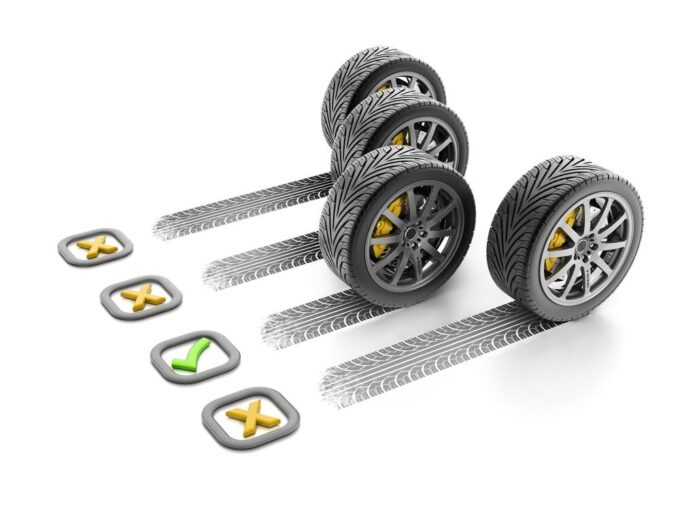
Tire condition really does make a big difference when it comes to how quickly you can bring your ride to a halt. Fresh, properly maintained tires? They can shave precious feet off your braking distance, giving you that extra split-second reaction time that could be the difference between a close call and a full-blown collision.
It’s kind of like having good tires is the automotive equivalent of having quick reflexes – they just give you that extra edge when you need it most. So, it’s definitely worth keeping an eye on your tire tread and making sure they’re in tip-top shape.
4. Fuel Efficiency
Surprised to see fuel efficiency on the list? Tires have a direct impact on your car’s fuel consumption. Properly inflated ones reduce rolling resistance, meaning your car doesn’t have to work as hard to move forward. This saves fuel and keeps more money in your pocket.
Quick Tip:
Always check your tire pressure at least once a month. It takes just a few minutes and can make a big difference.
5. Comfort and Ride Quality
Ever had a bumpy ride and thought your suspension was to blame? Sometimes, the culprit is the tires. Good ones can absorb shocks from the road, providing a smoother and more comfortable ride. If they are worn out or improperly inflated, you’ll feel every bump and pothole.
6. Tire Tread Depth
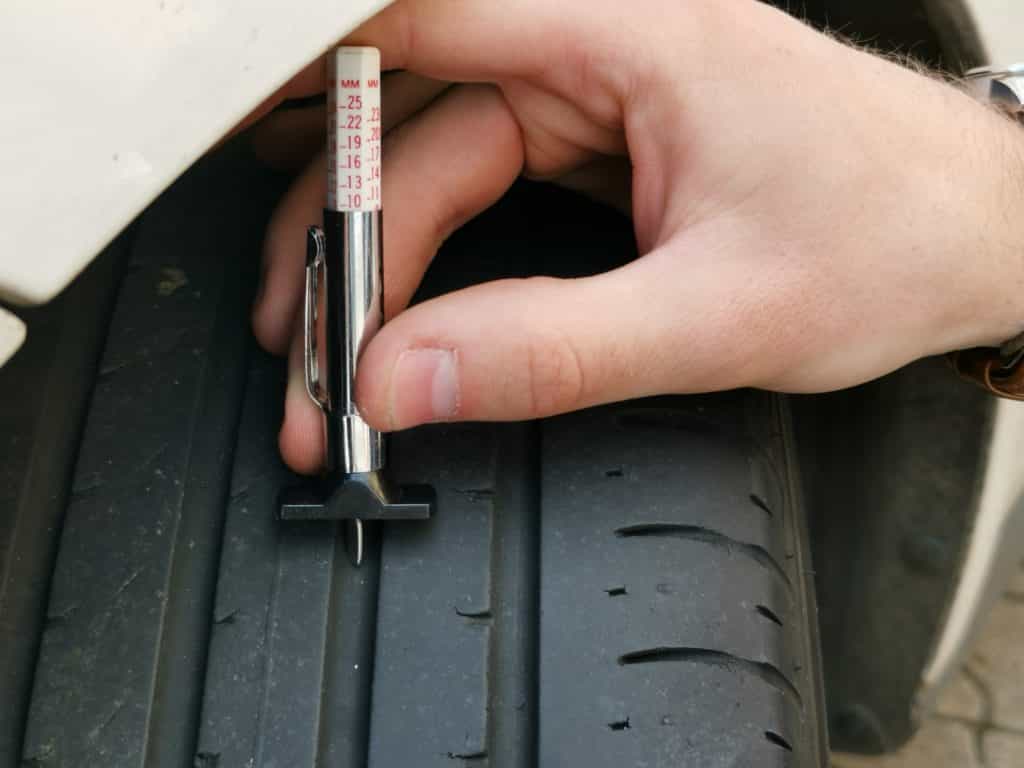
Your tire tread depth is seriously important, especially when the roads are a little damp. Those grooves in your tires act like little water straws, channeling that moisture away so your wheels can maintain a solid grip.
If your tread starts to get too shallow, you run the risk of hydroplaning – that’s when your car starts to slide uncontrollably across the surface of the water. Not a good time, trust me.
So keep an eye on those tires. Give them a quick check every so often to make sure there’s still plenty of depth left. That way, you can feel confident knowing your ride will stay nice and stable, even when the weather takes a turn for the worse.
Pro Tip:
Use a quarter to check your tread depth. Insert it into the tread with George Washington’s head upside down. If you can see the top of his head, it’s time for new tires.
7. Temperature Resistance
Tires are designed to withstand various temperatures, but extreme heat or cold can affect their performance. Summer tires offer better performance in hot conditions, while winter tires are made to handle ice and snow. Using the right tires for the season can enhance safety and improve vehicle handling.
8. Load Bearing
Tires carry the entire weight of your vehicle and whatever cargo or passengers you’re transporting. Overloading your car can put excessive stress on the tires, leading to premature wear and even blowouts. Always stick to the recommended load rating for your tires to avoid unnecessary risks.
9. Alignment and Balance
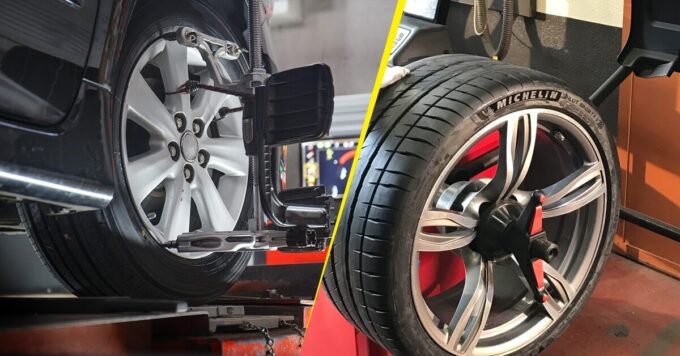
Source: tyreplus-me.com
Ever noticed your car pulling to one side or a strange vibration in the steering wheel? Your tires might be out of alignment or balance. Misaligned or unbalanced tires wear unevenly, which can compromise your control over the vehicle. Regular alignment and balancing checks are essential for smooth and safe driving.
Quick Checklist:
- Get your tires aligned every 6,000 miles or if you notice uneven wear.
- Balance them whenever you replace them or if you feel vibrations.
10. Tire Age
Tires age, even if they look fine on the outside. Rubber deteriorates over time, losing its elasticity and becoming more prone to cracks. Most manufacturers recommend replacing tires every six years, regardless of the mileage. Check the manufacturing date on the tire’s sidewall to see how old they are.
Caring & Maintenance
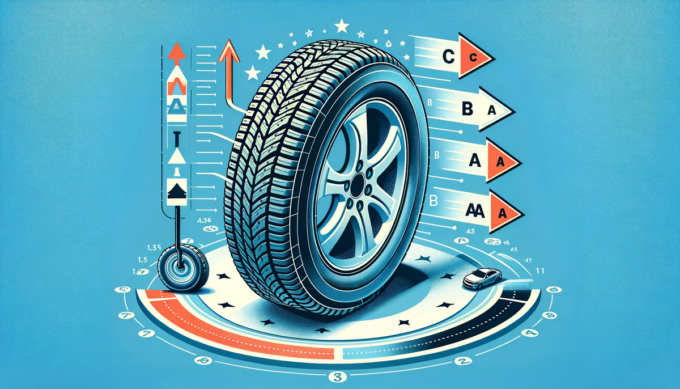
Source: capitalautoparts.ca
So, what’s the takeaway here? Tires play a pivotal role in keeping us safe on the road. From providing traction and handling to ensuring our rides are smooth and fuel-efficient, they’re more critical than many of us realize.
Here are a few simple steps to keep your tires in top shape:
- Check tire pressure monthly.
- Inspect tread depth regularly.
- Rotate your tires every 5,000 to 7,000 miles.
- Ensure proper alignment and balance.
- Replace tires every six years or sooner if they show signs of wear.
By paying attention to our tires, we’re not just maintaining a component of our vehicles; we’re actively investing in our safety and the safety of others on the road. So next time you hop into your car, give a nod to those four rubber friends. They’ve got your back, and with a little care, they’ll keep you safe on all your adventures.
Safe driving, everyone!

